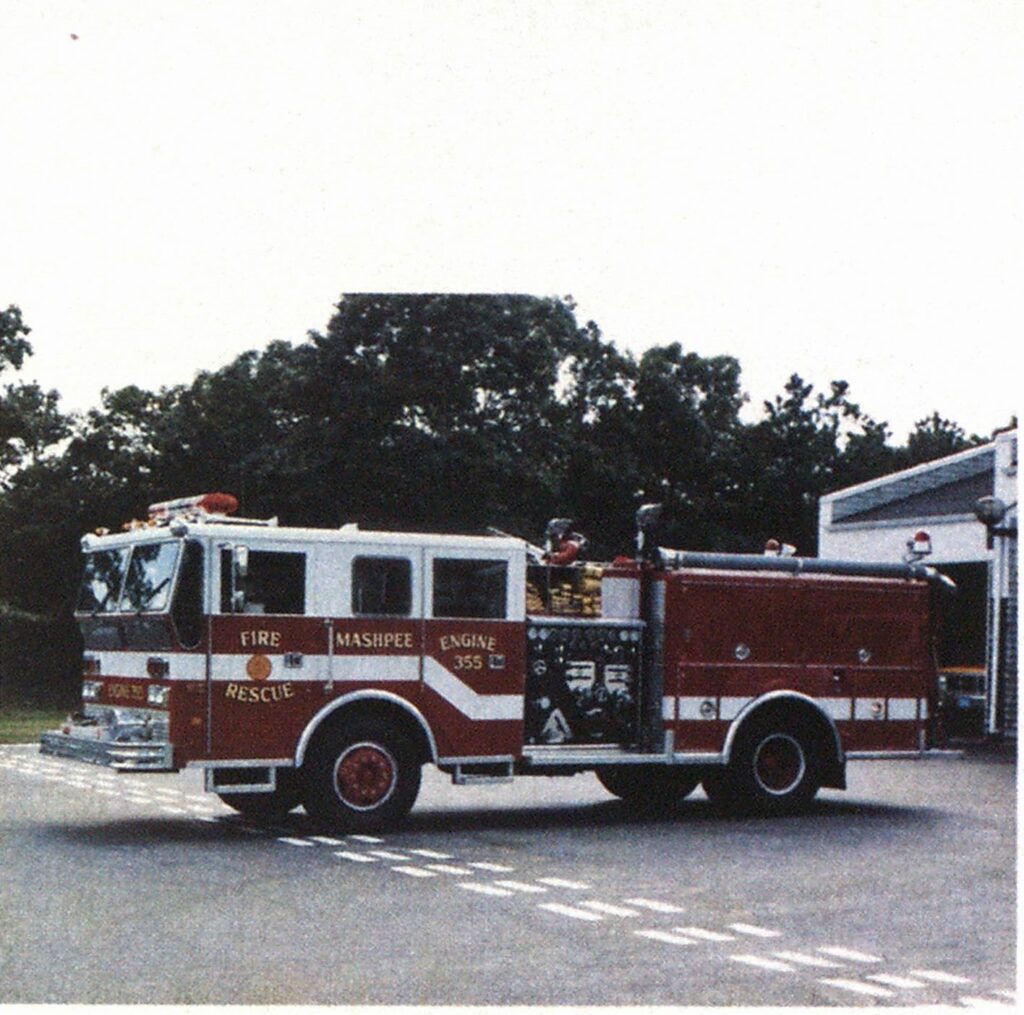
ENCLOSED CABS FOR FIRE APPARATUS
APPARATUS & EQUIPMENT
There’s no excuse for lack of vehicle safety, as NFPA 1500 reminds us. Take a step back and look at the possibilities before you act on your desire to comply.
In recent years one of the biggest physical changes in fire apparatus has been the increased use of fully enclosed four-door cabs to replace the traditional open and jump seat configurations. The trend really began during the late 1960s, when turbulent social conditions and civil riots sprung up in urban areas. Until that time is was still fairly common, even in cold-weather climates, to see fire trucks with open cabs—with no roof or side protection. The rationale was that even though it’s cold, most of the time you’re only in the apparatus for a three-minute run. When civil unrest began, however, many urban departments hastily built plywood or metal protective roofs over open cabs.
Following the creation of NFPA 1500 in 1987, major changes began to take place. First, the standard committee recognized the severe safety problems associated with rear-step riding and open jump seat type cabs and included a provision in the standard to address this hazard. Basically the standard recommends that all new fire apparatus be specified and ordered with a sufficient number of seats in an enclosed area for the maximum number of persons who may ride on the vehicle at any time. It defines a fully enclosed area as a cab or passenger compartment of a fire apparatus providing total enclosure, with positive latching doors provided for entry and exit. Most apparatus specifications today include the provision that the manufacturer provide a seat with an approved seat belt within a full enclosure for the total number of persons specified.
COMPLIANCE WITH 1500
Fire departments have a number of choices for complying with NFPA 1500. Each one has advantages and disadvantages that merit careful consideration.
Redesigned cabs. Probably the easiest choice is to select one of the many newly redesigned custom fire truck cabs on the market. Manufacturers basically provide doors on each side of the original canopy or jump seat cab to enclose the crew riding area. While this accomplishes the objective, it can add dramatically to the cost of a chassis and may not be feasible on some models. Another drawback is that it doesn’t address the problems of the thousands of existing units that are not ready to be replaced and whose owners can’t afford expensive custom body fabrication work. An important consideration is the effect that heat and noise, which is accentuated by enclosing the cab, may have on crew members. These considerations deserve the same attention as the safety problem presented by nonenclosed cabs.
Commercial chassis. Another option is a commercial chassis that has a four-door, crew-type cab. This can be a very’ effective choice provided the vehicle meets all the other requirements regarding horsepower, GVW rating, noise, heat, and physical size of the enclosure. Note that these cabs were designed for transporting construction or utility crews, not firefighters with protective clothing and air packs.

(Photos by author.)




Fabricated module. One solution is to have the apparatus body builder fabricate a crew-carrying module of appropriate size and design. Again, this can be an expensive undertaking, depending on the size and features desired. An advantage is that you can tailor-make your crew area to include features unique to your operation, which may not be found in off-the-shelf designs.
Two vehicles. Some departments have opted for a two-piece approach: The driver and one or two members ride in the cab and a second vehicle carries the rest of the crew. Examples are a mini-pumper with an engine company or an ambulance or light rescue vehicle with a heavy rescue vehicle. The disadvantages of adding another vehicle to the fleet include the costs of maintenance, insurance, and equipment. While this certainly is not a low-cost solution, it is a very versatile one.
Members’ cars. In some volunteer departments members drive their own cars to the emergency scene. This creates problems for everyone and should be avoided whenever possible. Often when they drive themselves, the volunteers arrive at the fire but forget to bring the equipment. Such a practice also results in decreased efficiency because members arrive piecemeal. And don’t overlook the problems this causes in accounting for all of your firefighters.
When purchasing fire apparatus, either new or used, consider the design in terms of where firefighters are carried. A cab design that carries five or more people is ideal from the safety standpoint. Cabs with extensions that enclose seats either behind or on either side of the engine have been produced for years. Another safety requirement is the provision of proper safety belts for each seated riding position and the enforcement of a policy requiring their use. The practice of allowing crew members to ride standing up in the jump seat area or seated on the motor hood of vehicles that have the cab ahead of the engine design should be prohibited.
When it comes to getting members to a fire, no solution is cheap or without problems, but there really is no alternative when it comes to safety. The accident records compiled by various fire service agencies show that a high percentage of our injuries and deaths occur while responding to or returning from alarms. Providing each member with a seated, belted riding position in an enclosed arrangement is the very least we can do to ensure a safer ride.

